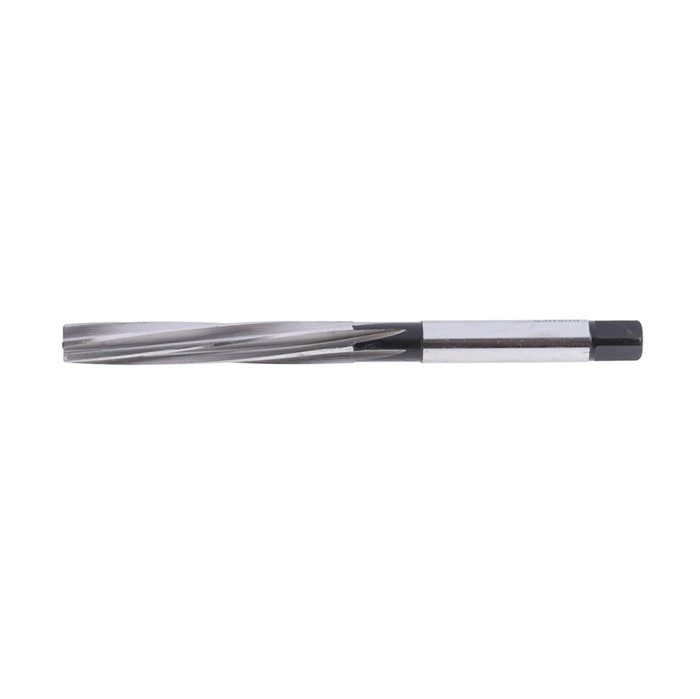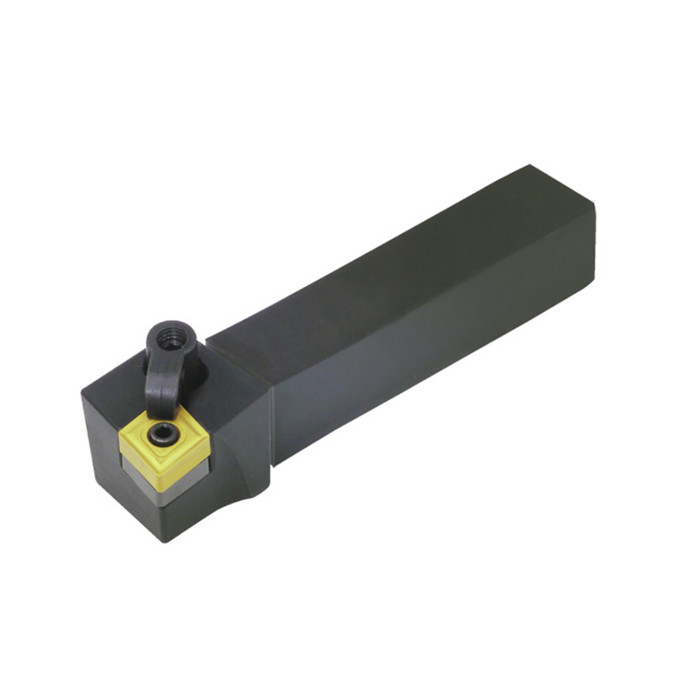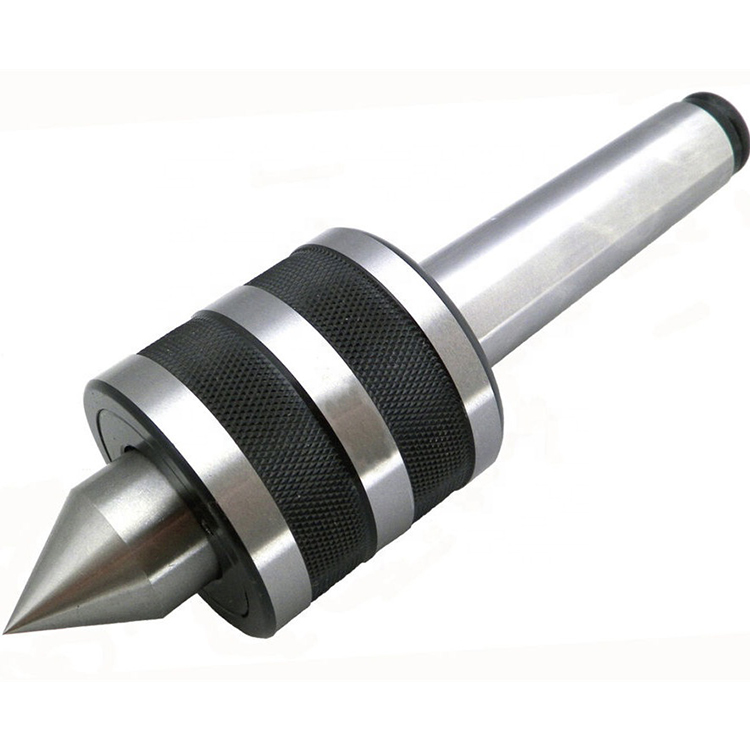Wholesale carbide tipped lathe tools
Discover everything you need to know about wholesale carbide tipped lathe tools, including their types, benefits, applications, and how to choose the right ones for your machining needs. Learn about different grades of carbide and their suitable materials, ensuring optimal performance and longevity for your tooling investment. Also, find tips on maintenance and troubleshooting common issues.
Understanding Carbide Tipped Lathe Tools
Carbide tipped lathe tools are essential components in machining, offering superior hardness and wear resistance compared to high-speed steel (HSS) tools. The carbide tip is brazed or clamped onto a steel shank, combining the strength and cost-effectiveness of steel with the cutting performance of carbide. This combination makes them ideal for a wide range of materials, including steel, stainless steel, cast iron, and even non-ferrous metals.
Benefits of Using Carbide Tipped Lathe Tools
Using carbide tipped lathe tools offers several advantages:
- Higher Cutting Speeds: Carbide can withstand higher temperatures than HSS, allowing for faster cutting speeds and reduced cycle times.
- Extended Tool Life: Carbide's superior wear resistance leads to longer tool life, reducing the frequency of tool changes and minimizing downtime.
- Improved Surface Finish: Carbide tips can maintain a sharp cutting edge for longer, resulting in a smoother and more precise surface finish.
- Versatility: Carbide tipped lathe tools are available in various shapes and sizes, making them suitable for a wide range of machining operations, including turning, facing, threading, and grooving.
Types of Carbide Tipped Lathe Tools
Several types of carbide tipped lathe tools are available, each designed for specific machining operations. Some common types include:
- Turning Tools: Used for general turning operations, removing material from the outside diameter of a workpiece.
- Facing Tools: Used to create a flat surface on the end of a workpiece.
- Boring Tools: Used to enlarge or finish existing holes.
- Threading Tools: Used to create threads on the outside or inside of a workpiece.
- Grooving Tools: Used to create grooves or recesses on a workpiece.
For precise and efficient groove cutting, consider exploring the range of specialized grooving tools at Wayleading Tools.
Selecting the Right Carbide Grade
The grade of carbide used in the tip significantly affects the tool's performance. Different grades are designed for different materials and machining conditions. Here's a general overview:
| Carbide Grade | Material Suitability | Application |
|---|---|---|
| C1-C4 (K01-K20) | Cast iron, non-ferrous metals | General purpose machining, high-speed finishing |
| C5-C8 (P10-P30) | Steel, stainless steel | Medium to heavy-duty machining, roughing and finishing |
| C9-C13 (M10-M40) | Alloys, abrasive materials | Heavy-duty machining, interrupted cuts |
Source: Kennametal Tooling Guide
Understanding ISO Codes for Carbide Inserts
The ISO coding system provides a standardized way to identify carbide inserts based on their shape, clearance angle, tolerance, chip breaker, size, and thickness. Understanding these codes is crucial when selecting the right insert for your carbide tipped lathe tools.
For example, a code like 'CNMG 120408' breaks down as follows:
- C - Shape (Diamond 80°)
- N - Clearance Angle (0°)
- M - Tolerance
- G - Chip Breaker
- 12 - Cutting Edge Length (12 mm)
- 04 - Thickness (4 mm)
- 08 - Corner Radius (0.8 mm)
Applications of Carbide Tipped Lathe Tools
Carbide tipped lathe tools are used in a wide range of industries, including:
- Aerospace: Machining components for aircraft engines, landing gear, and structural parts.
- Automotive: Manufacturing engine parts, transmission components, and other automotive parts.
- Medical: Producing surgical instruments, implants, and other medical devices.
- Energy: Machining components for oil and gas exploration, power generation, and renewable energy systems.
- General Manufacturing: Producing a wide variety of parts and components for various industries.
Wholesale Considerations
When purchasing wholesale carbide tipped lathe tools, consider the following factors:
- Supplier Reputation: Choose a reputable supplier with a proven track record of providing high-quality tools. Look for suppliers that are known for their Wayleading customer support and reliable delivery.
- Tool Quality: Ensure that the tools are made from high-quality materials and manufactured to precise tolerances.
- Price: Compare prices from different suppliers to find the best deal. However, don't sacrifice quality for price.
- Availability: Check that the supplier has the tools you need in stock and can deliver them in a timely manner.
- Technical Support: Choose a supplier that offers technical support to help you select the right tools and troubleshoot any issues.
Maintaining Your Carbide Tipped Lathe Tools
Proper maintenance is crucial for extending the life of your carbide tipped lathe tools. Here are some tips:
- Sharpening: Regularly sharpen the carbide tips to maintain a sharp cutting edge. Use a diamond grinding wheel specifically designed for carbide.
- Cleaning: Keep the tools clean and free from debris. Use a brush or compressed air to remove chips and coolant.
- Storage: Store the tools in a dry and protected environment to prevent corrosion and damage.
- Proper Cutting Parameters: Use appropriate cutting speeds, feed rates, and depths of cut to avoid overloading the tools.
Troubleshooting Common Issues
Even with proper maintenance, you may encounter some issues with your carbide tipped lathe tools. Here are some common problems and their solutions:
- Chipping: Chipping can be caused by excessive cutting speeds, hard spots in the material, or improper tool geometry. Reduce the cutting speed, use a more wear-resistant carbide grade, or adjust the tool geometry.
- Vibration: Vibration can be caused by loose tooling, excessive overhang, or an unstable workpiece. Tighten the tooling, reduce the overhang, or stabilize the workpiece.
- Poor Surface Finish: A poor surface finish can be caused by a dull cutting edge, excessive cutting speed, or improper coolant. Sharpen the cutting edge, reduce the cutting speed, or use a different coolant.
Conclusion
Carbide tipped lathe tools are an invaluable asset for any machining operation, offering superior performance, extended tool life, and improved surface finishes. By understanding the different types of tools, selecting the right carbide grade, and implementing proper maintenance practices, you can maximize the benefits of these tools and achieve optimal machining results. Investing in high-quality wholesale carbide tipped lathe tools, particularly through reputable suppliers like Wayleading Tools, ensures that your machining operations are both efficient and cost-effective.
Related products
Related products
Best selling products
Best selling products-
 Double-beam Digital Gauge With Digital Counter
Double-beam Digital Gauge With Digital Counter -
 Indexable Spade Drill Holder With Helical Flute Holder And Taper Shank
Indexable Spade Drill Holder With Helical Flute Holder And Taper Shank -
 HSS Inch Taper Shank Twit Drills For Metal Cutting Of High Precision
HSS Inch Taper Shank Twit Drills For Metal Cutting Of High Precision -
 Straight Shank ER Collet Chuck Holders With Extending Rod
Straight Shank ER Collet Chuck Holders With Extending Rod -
 Precision Magnetic Base With Fine Adjustment For Dial Indicator
Precision Magnetic Base With Fine Adjustment For Dial Indicator -
 HSS Inch Hand Reamer With Straight Or Spiral Flute
HSS Inch Hand Reamer With Straight Or Spiral Flute -
 Precision Dial Caliper Of Metric & Imperial For Industrial
Precision Dial Caliper Of Metric & Imperial For Industrial -
 HSS Keyway Broach With Metric And Inch Size, Push Type
HSS Keyway Broach With Metric And Inch Size, Push Type -
 MCLN Indexable Turning Tool Holder With Right And Left Hand
MCLN Indexable Turning Tool Holder With Right And Left Hand -
 Midium Duty Live Center For Morse Taper Shank
Midium Duty Live Center For Morse Taper Shank -
 ER Collet Set With Hight Precision Milling
ER Collet Set With Hight Precision Milling -
 Precision Monoblock Vernier Caliper With Nib Style Jaws Of Metric & Imperial For Industrial
Precision Monoblock Vernier Caliper With Nib Style Jaws Of Metric & Imperial For Industrial
Related search
Related search- PCLN turning tool holder Factories
- MCRN turning tool holder Supplier
- taper taps Manufacturers
- Wholesale cnc machine tools
- STFC boring bar Manufacturers
- 123 block Factory
- Wholesale 6pcs solid HSS boring bar tool set
- Wholesale countersink set
- lathe tool post Suppliers
- SE indexable thread turning tool Suppliers










